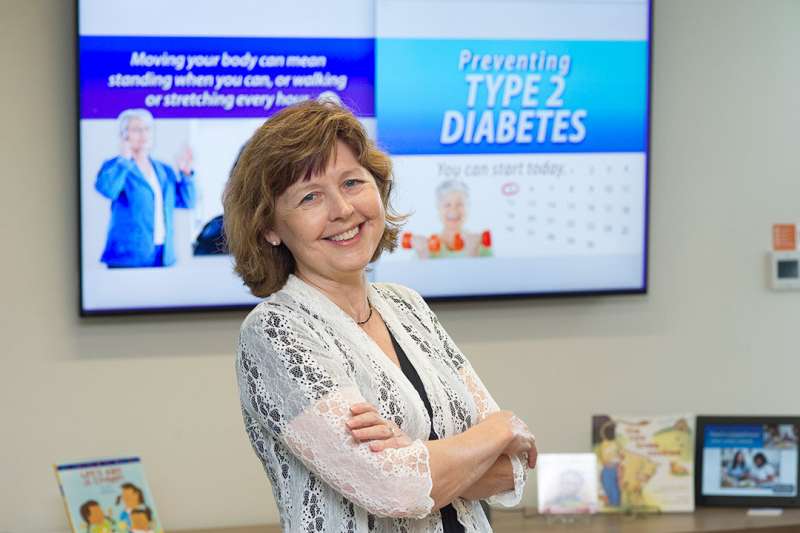Popular tool for measuring child feeding practices validated by researcher

A Rochester Institute of Technology researcher has validated a tool measuring adherence to a popular child feeding approach used by pediatricians, nutritionists, social workers and child psychologists to assess parents' feeding practices and prevent feeding problems.
The best-practice approach, known as the Satter Division of Responsibility in Feeding, has now been rigorously tested and peer reviewed, resulting in the quantifiable tool sDOR.2-6y. The questionnaire will become a standard parent survey for professionals and researchers working in the early childhood development field, predicts lead researcher Barbara Lohse, director of RIT's Wegmans School of Health and Nutrition.
"We've shown that the Satter survey can be used to measure that a child from 2 to 6 years old is at nutrition risk," Lohse said. "It's important to identify that early and prevent it from continuing because the last thing we want to have is a child at nutrition risk. They're not going to grow or develop correctly."
Pediatricians and other professionals working with young children require accurate tools to assess risk factors associated with a child's physical and emotional eating environment. The right questionnaire completed by a child's parent or guardian about childhood feeding and eating can lead to timely interventions.
Although many surveys about childhood feeding exist, until now, none have adequately measured the Satter division of responsibility in feeding, Lohse noted. "The theoretically grounded, research-supported approach is used in medical, public health, and in early childhood health-education venues."
Developed by Ellyn Satter, the method is associated with good parenting and positive eating behaviors and family dynamics. The Ellyn Satter Institute offers models for improving feeding dynamics and eating competence and is a resource for healthcare professionals, educators, and the public.
Satter's common-sense approach to childhood feeding and eating lacked the supporting evidence to explain why and how it worked. Lohse and Satter set out to rigorously test and validate the division of responsibility in feeding. They winnowed the survey down from 38 to 12 questions based on interviews with parents, video recorded parent-child interactions around feeding time, and compared it to other validated surveys to create the Satter Division of Responsibility in Feeding tool, the sDOR.2-6y.
"The key thing that is really important is that this 12-item survey was able to identify children at nutrition risk," Lohse said. "The Satter survey clearly correlated with other validated instruments on parent feeding that are much longer and much more in depth."
The survey also provides a view into areas of parent functioning such as sleep, stress, and parenting style, Lohse said. Her research shows that parents who follow the Satter Division of Responsibility tend to be more eating competent and exhibit other related factors. "They tend to have better sleep and less uncontrolled, emotional eating," Lohse said. "That was important to find out that the parents who practice this approach tend to have better habits themselves."
More information: Barbara Lohse et al. Use of an Observational Comparative Strategy Demonstrated Construct Validity of a Measure to Assess Adherence to the Satter Division of Responsibility in Feeding, Journal of the Academy of Nutrition and Dietetics (2020). DOI: 10.1016/j.jand.2020.11.008
Barbara Lohse et al. Valid and Reliable Measure of Adherence to Satter Division of Responsibility in Feeding, Journal of Nutrition Education and Behavior (2021). DOI: 10.1016/j.jneb.2020.11.007




















